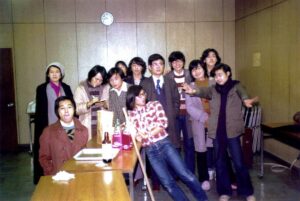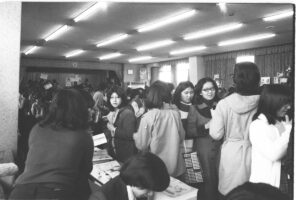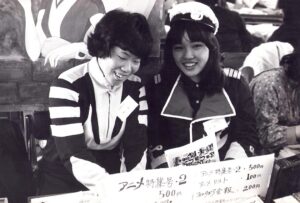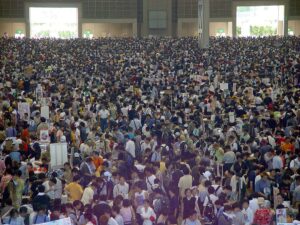Episode 560 – The Otaku, Part 2
Manage episode 460358865 series 1755874
For our first episode of 2025: “otaku culture” as a phenomenon began to emerge, in part, as a reaction against the crass commercialism of postwar Japan. Yet now, it is entirely a part of the fabric of that commercialism. How did that happen? We’ll explore it by looking at two fascinating phenomena: the dojin market known as Comiket and the transformation of Tokyo’s neighborhood of Akihabara.
Sources
Azuma, Hiroki. Otaku: Japan’s Database Animals. Trans. Jonathan E. Abel and Shion Kono.
Tamagawa, Hiroaki, “Comic Market as Space for Self-Expression in Otaku Culture” and Kaichiro Morikawa “Otaku and the City: The Rebirth of Akihabara” in Fandom Unbound: Otaku Culture in a Connected World. Ed. Mizuko Ito, Daisuke Okabe, and Izumi Tsuji.
Images








11集单集




